Botanic scientists in Sydney battle climate change
Scientists across the Botanic Gardens of Sydney are using the latest science and technology to protect our flora from the impacts of climate change.

Director Research & Chief Botanist Dr Brett Summerell is working with more than 50 world-class plant scientists at Australia’s oldest scientific institution to undertake vital research that will safeguard plants and our future.
Director Research & Chief Botanist Dr Brett Summerell
Having a rich diversity of plants is not only important for the environment – we also rely on plants for food, water, medicine and the air we breathe.
DIRECTOR RESEARCH & CHIEF BOTANIST DR BRETT SUMMERELL
Mining data from digital plants
A study by Dr Rachael Gallagher from Macquarie University in NSW looked at 2.5 million Australian herbaria specimens and found 47 percent of Australia’s vegetation is potentially at risk from increases in mean annual temperature by 2070.
“Rising temperatures and altered rainfall patterns are impacting our flora, which is further complicated by more frequent and severe wildfires, as well as increased outbreaks of disease and pest invasions,” said Dr Summerell.
“We are currently digitising over 1.4 million specimens at the National Herbarium of NSW to give scientists such as Dr Gallagher better access to vital plant data for faster and more comprehensive research outcomes,” said Dr Summerell.
Some species are flowering earlier
UNSW PhD student Susan Everingham also discovered many plant species in northern Sydney are flowering earlier by comparing herbarium specimens dating back to 1842 with recently sampled plants in the region.
“The flowering time of plants is extremely important as it can affect their reproduction, interactions with important pollinators and their overall survival,” said Dr Summerell.
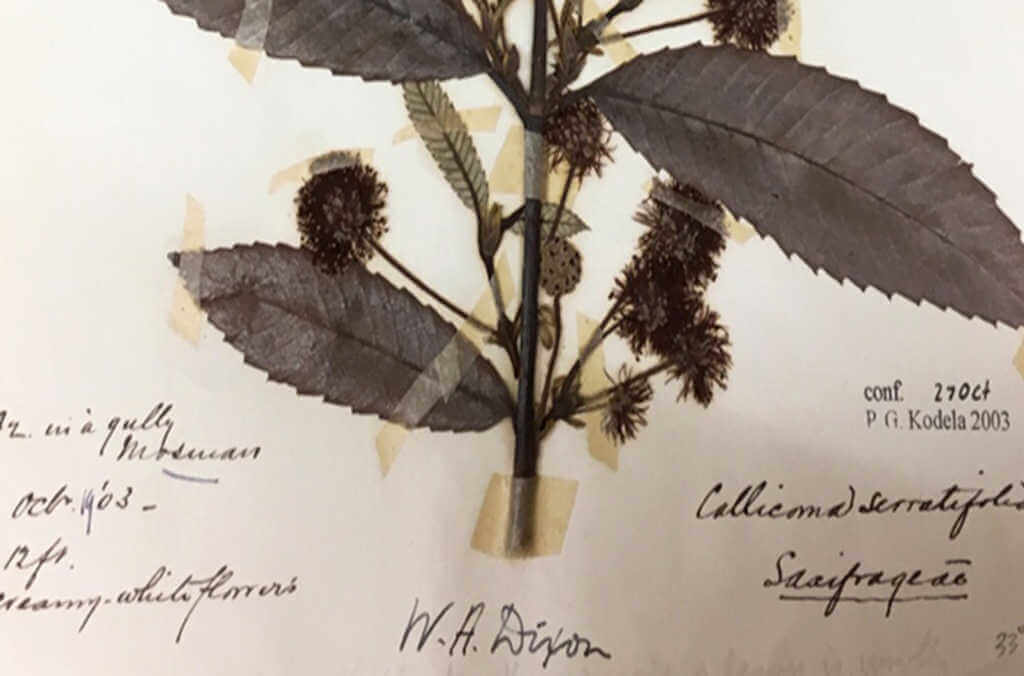
Preserved herbarium specimen of Callicoma serratifolia, commonly known as 'black wattle'.
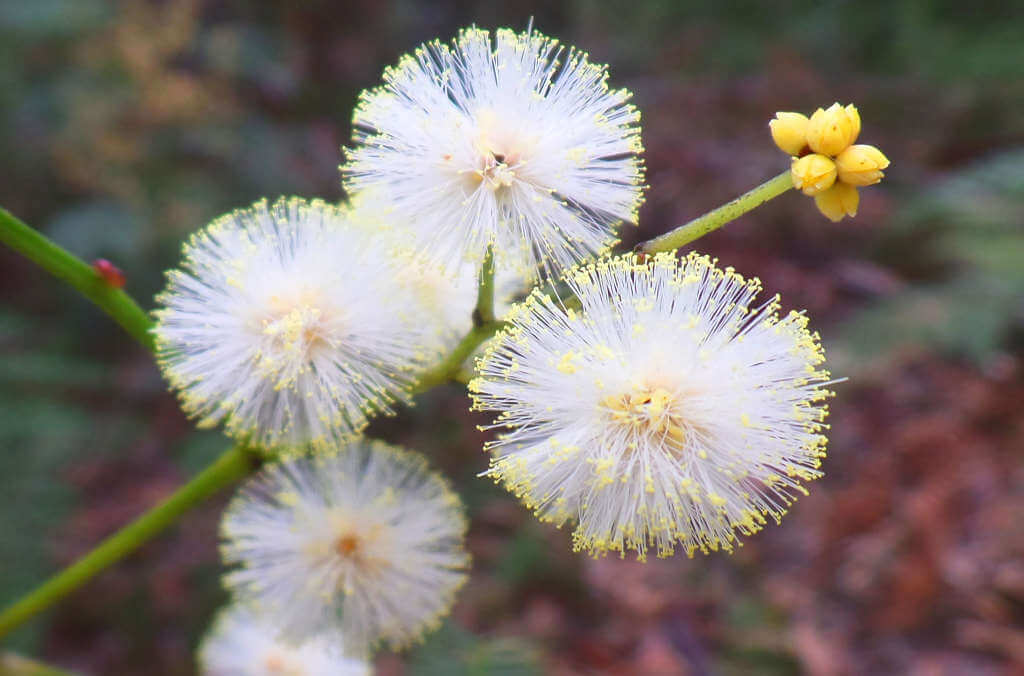
Callicoma serratifolia, commonly known as 'black wattle' growing in northern Sydney.
Planting for the future using DNA technology
To help mitigate the effects of climate change on Australian flora, Dr Summerell said the ambitious Restore and Renew program uses the latest DNA technology to help select genetically optimal plants to create more resilient habitats.
“So far, more than 30,000 plant specimens have been collected from across NSW for genetic analysis to create a publicly available online resource where genetically-appropriate plants can be selected to suit specific sites,” said Dr Summerell.
“The online tool also allows practitioners to use climate modelling to plant according to future forecasts, increasing the likelihood that the species planted will cope with a changing climate,” said Dr Summerell.
The Restore and Renew project has been assisted by the New South Wales Government through its Environmental Trust.
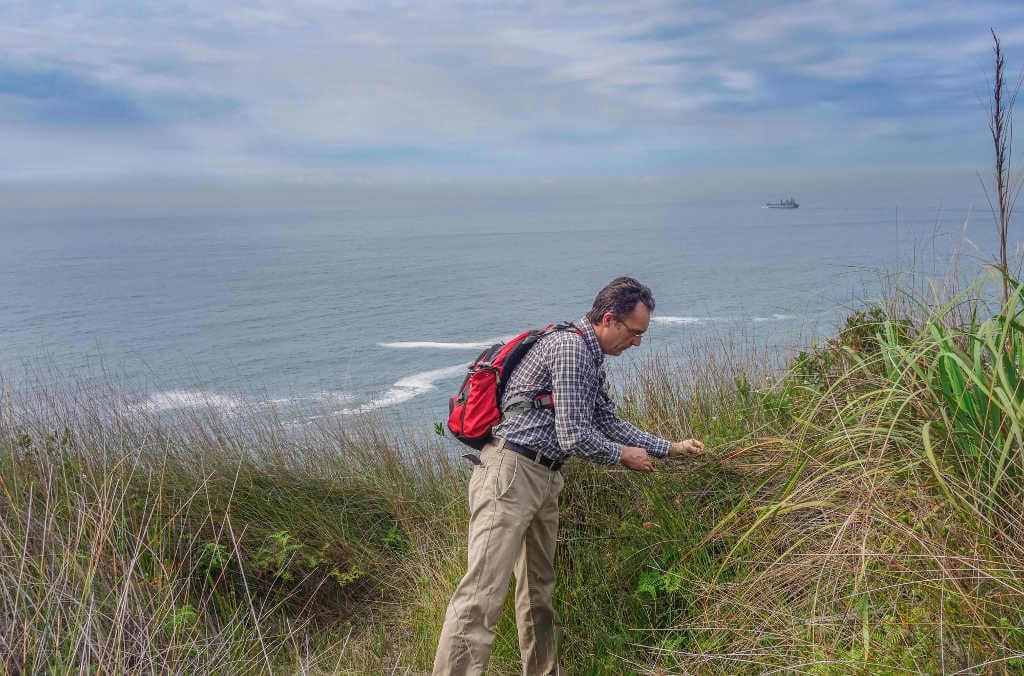
To date, Dr Maurizio Rossetto and the Restore and Renew team have collected over 30,000 plants from across NSW. Extracting DNA from sampled plant material for genetic analysis. 
Restore and Renew is an interactive online tool that allows users to select genetically-appropriate plants to suit specific sites across NSW.
Safeguarding seeds in the vault
Plants growing in alpine and tropical areas regions are particularly susceptible to climate change alternative back-up plans are being developed.
“Feldmark grass, Rytidosperma pumilum, is Australia’s smallest grass and is extremely vulnerable as it only grows in a three-square kilometre area in the high alpine section of Kosciuszko National Park,” said Dr Summerell.
Thanks to the NSW Government’s Saving our Species program, scientists based at the Australian Botanic Garden Mount Annan have successfully collected and stored over 1200 feldmark grass seeds at the Australian PlantBank.
“These seeds join 61% of NSW’s threatened flora stored in the seed vault, in tissue culture or in cryopreservation at the Australian PlantBank, creating a vital back-up collection and resource for future restoration projects,” said Dr Summerell.
“We recognise things are going to change, but we can use the latest science and technology to create ecosystems that are better adapted to climate change,” said Dr Summerell.
Seedbank Officer Gavin Phillips collecting Rytidosperma pumilum seeds at Kosciuszko National Park. Rytidosperma pumilum is commonly known as feldmark grass and it is Australia’s smallest grass. 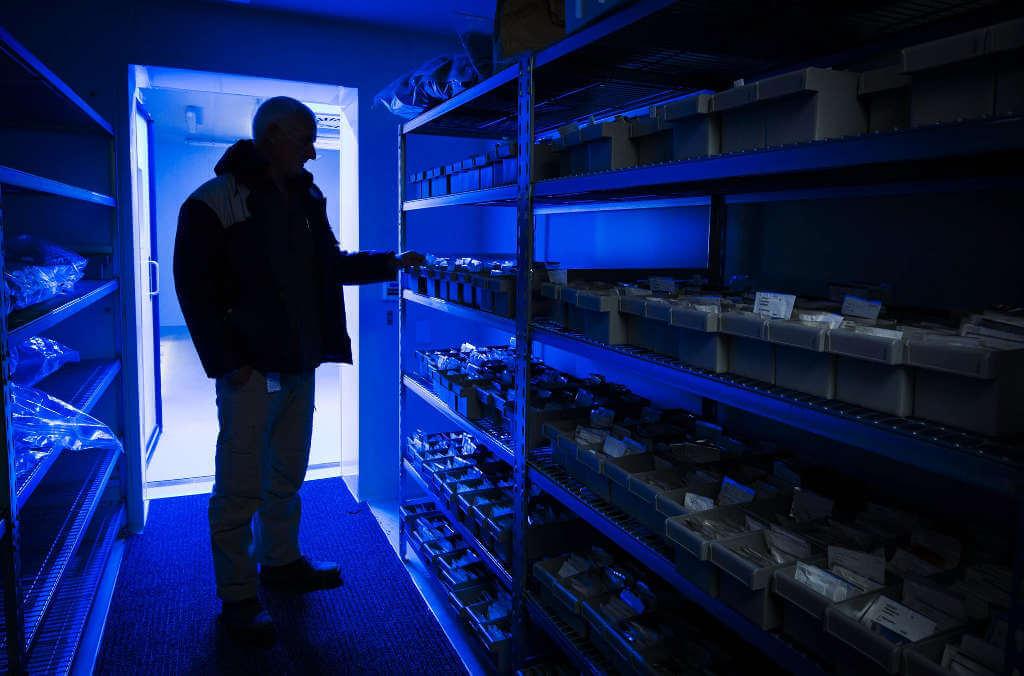
Over 1200 feldmark grass seeds are now safely stored inside the seedvault at the Australian PlantBank.
Learn more about how world-leading plant scientists are embracing some of the most critical challenges facing humanity today on our science page.
Related stories
In the lower Hunter Valley, a new nature reserve named Tiraki – Wonnarua for ironbark – has become a sanctuary for one of Australia’s rarest plants.
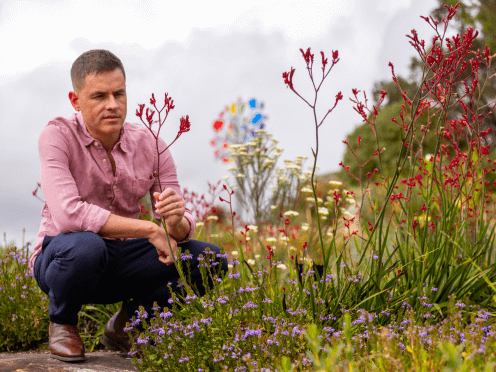
In this new episode of What the Flora!? discover why this world-first global ‘Tree of Life’ study is a new milestone in understanding the evolutionary history of flowering plants.
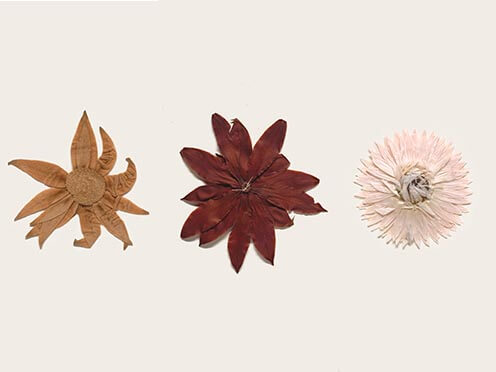
A project digitising over one million flora specimens has won the National Trust's President’s Prize for 2025 and is helping important research in critical biodiversity, ecological, and evolutionary studies.